Supermassive black holes are merging in the galaxy system ZS7
Tuesday, May 21, 2024
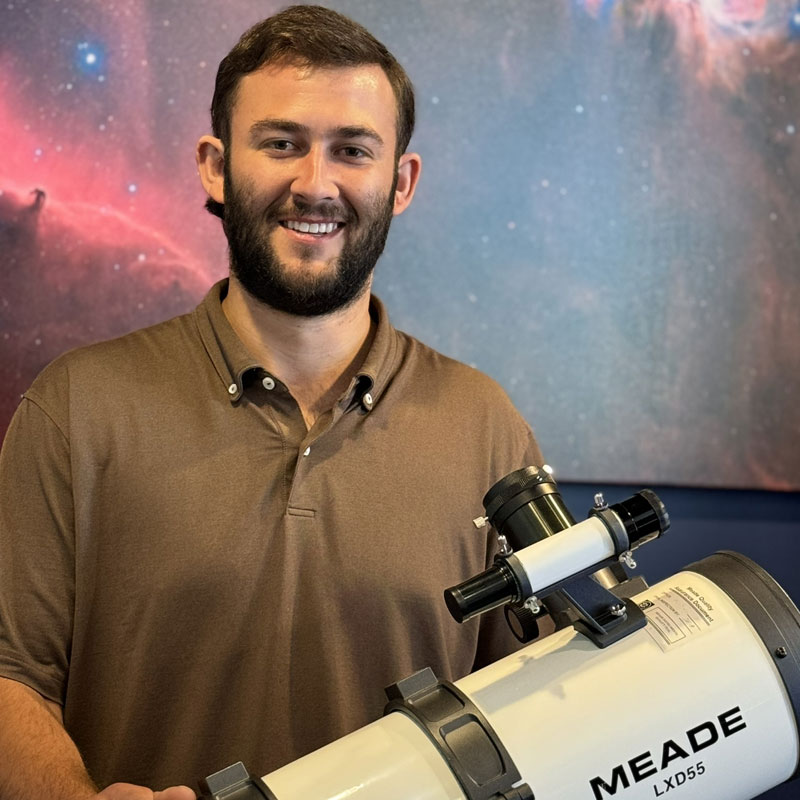
|
Freeman Lightner |
Astronomers, using the James Webb Space Telescope (JWST), have discovered two merging supermassive black holes in the galaxy system ZS7, dating back to when the universe was just 740 million years old. This significant finding, published in Monthly Notices of the Royal Astronomical Society, sheds light on early black hole growth and galaxy evolution.
Astronomers have provided evidence for an ongoing merger of two galaxies and their massive black holes when the universe was just 740 million years old, using observations from the James Webb Space Telescope (JWST). This groundbreaking discovery highlights a significant period in cosmic history, revealing the farthest and earliest detection of merging black holes to date.
JWST discovers black holes merging near the dawn of the cosmos
The merging galaxy system, designated ZS7, was identified in a field of galaxies observed by JWST. This finding, published today in the Monthly Notices of the Royal Astronomical Society, adds to the growing understanding of how galaxies and black holes evolved in the early universe.
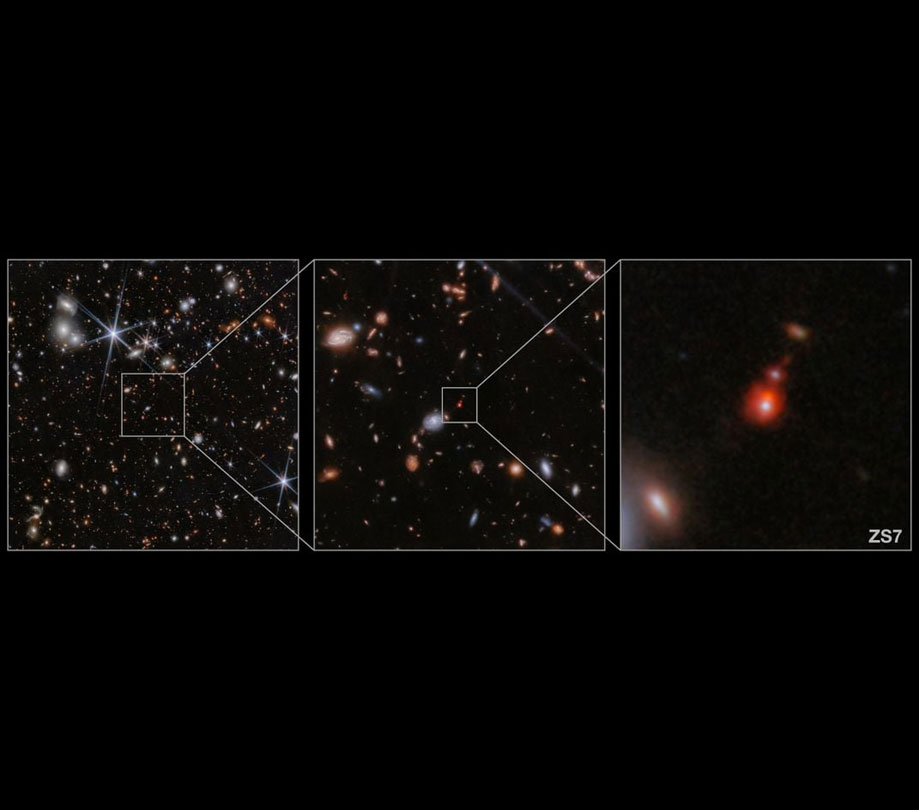
The location of ZS7 in Webb's image
The JWST detected two galaxies, each harboring a supermassive black hole at its core, in the process of merging. This event took place when the universe was only 740 million years old, making it a crucial data point for studying early cosmic evolution. The research builds on earlier JWST findings, showing that galaxies with actively feeding black holes existed much earlier in the universe's history than previously thought.
"Our findings suggest that merging is an important route through which black holes can rapidly grow, even at cosmic dawn. Together with other Webb findings of active, massive black holes in the distant universe, our results also show that massive black holes have been shaping the evolution of galaxies from the very beginning," said Hannah Ubler, lead author of the study and astrophysicist at the University of Cambridge, U.K., in a press release.
Visualizing ZS7
The merging pair of black holes, known as ZS7, is depicted in a series of images that zoom in on the system. JWST's observations show emission from each black hole, with one at the core of the central object and the other indicated by a red smudge nearby. Additional bright objects in the images are thought to be companion galaxies, potentially part of the same galaxy system.
Formation and growth of black holes
Black holes typically form from the remnants of massive stars that die in supernova explosions. These stellar-mass black holes are usually only a few times more massive than our Sun. However, the supermassive black holes found at the centers of galaxies can be millions or billions of times the Sun's mass. The process by which black holes grow from star-sized objects to such immense proportions is not fully understood. The discovery of black holes merging in the early universe provides valuable insights into this phenomenon.
"How do giant black holes get to be so big? Is it through swallowing gas, or each other? I’m excited by these results because they give us a window into this mysterious process," says astrophysicist and author Paul Sutter.
Insights from JWST
The black holes in ZS7 were identified by the light they emit as they accrete material, heating and accelerating it to high velocities. JWST's near-infrared spectrograph allowed astronomers to observe this fast-moving gas via its Doppler shift and resolve the pair of black holes. While JWST had previously found objects of a similar age considered candidates for merging black holes, this result provides the strongest evidence yet for such an event occurring this early in the universe.
One of the black holes in ZS7 has a mass 50 million times that of our Sun. The other black hole may be of a similar size, though it is harder to measure due to being surrounded by dense gas, according to study co-author Robert Maiolino from the University of Cambridge.
Future gravitational wave observations
When these black holes eventually merge, they will generate gravitational waves detectable by future missions, such as the ESA’s Laser Interferometer Space Antenna (LISA). LISA, consisting of a trio of spacecraft, will be the first space-based observatory dedicated to studying gravitational waves.
"Webb’s results are telling us that lighter systems detectable by LISA should be far more frequent than previously assumed. It will most likely make us adjust our models for LISA rates in this mass range. This is just the tip of the iceberg," said LISA Lead Project Scientist Nora Luetzgendorf of the European Space Agency.
This discovery by JWST not only provides a glimpse into the early universe but also sets the stage for future studies and observations that could further unravel the mysteries of black hole formation and growth.
ScopeTrader's latest survey
Featured Stories
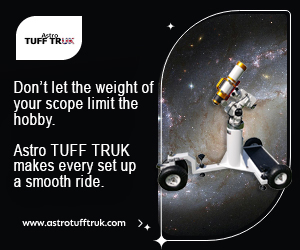
Stay Updated
Sign up for our newsletter for the headlines delivered to youSuccessFull SignUp

|



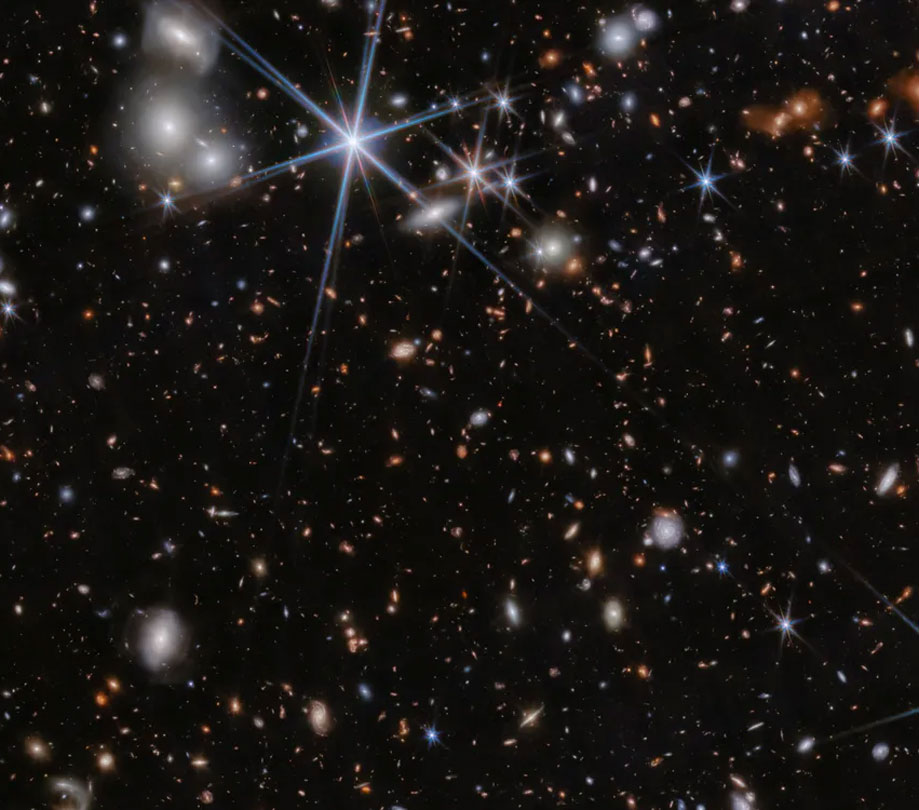

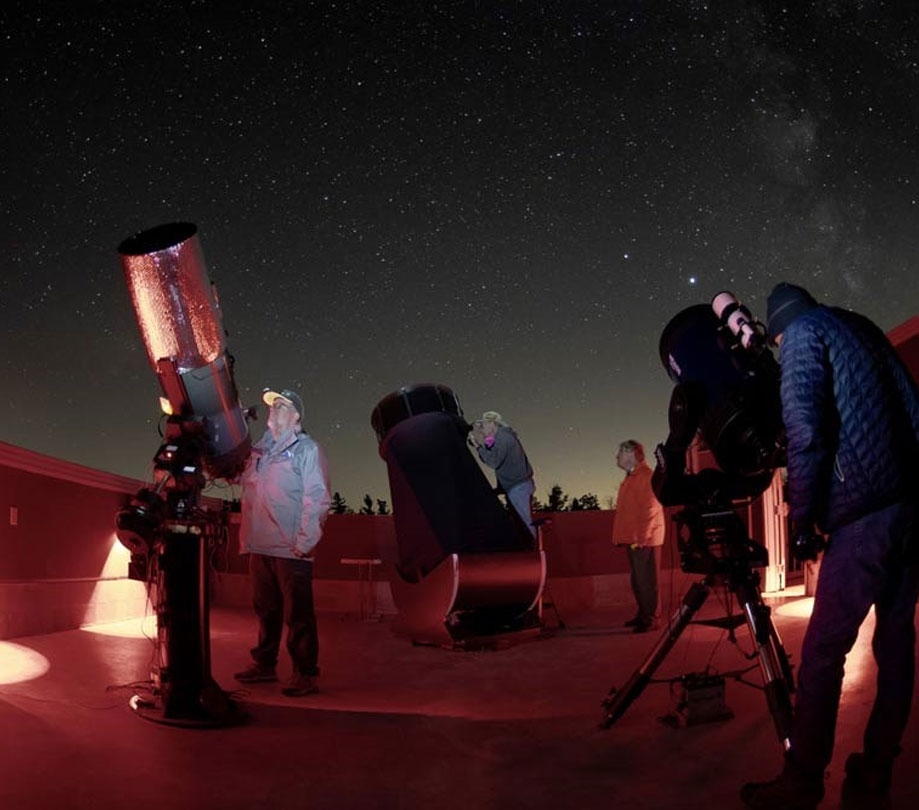
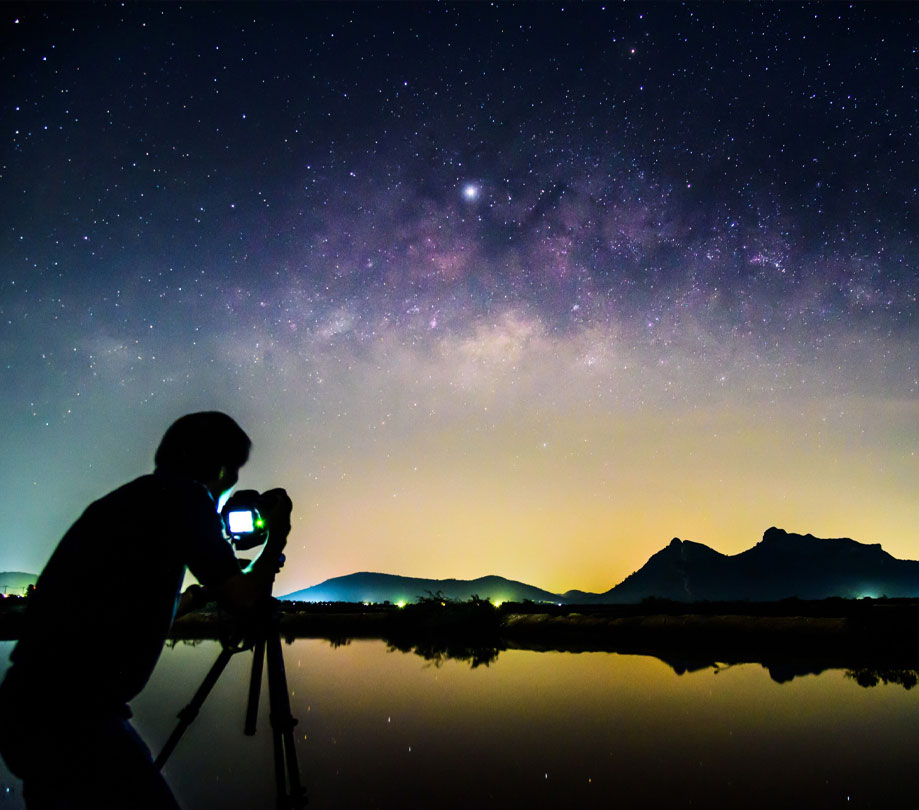
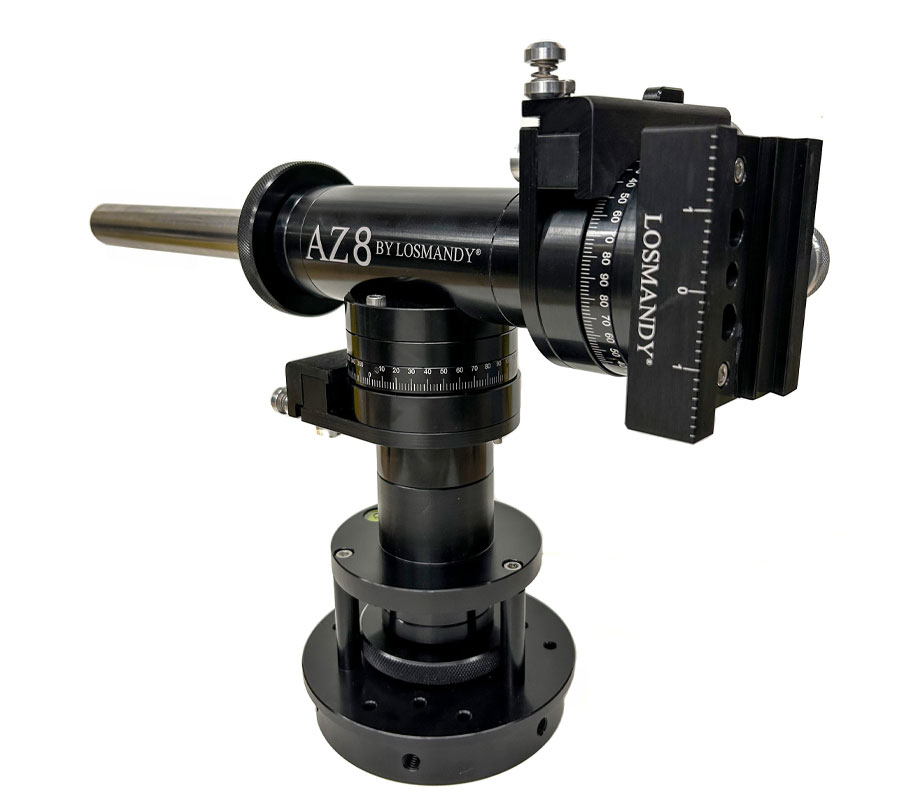
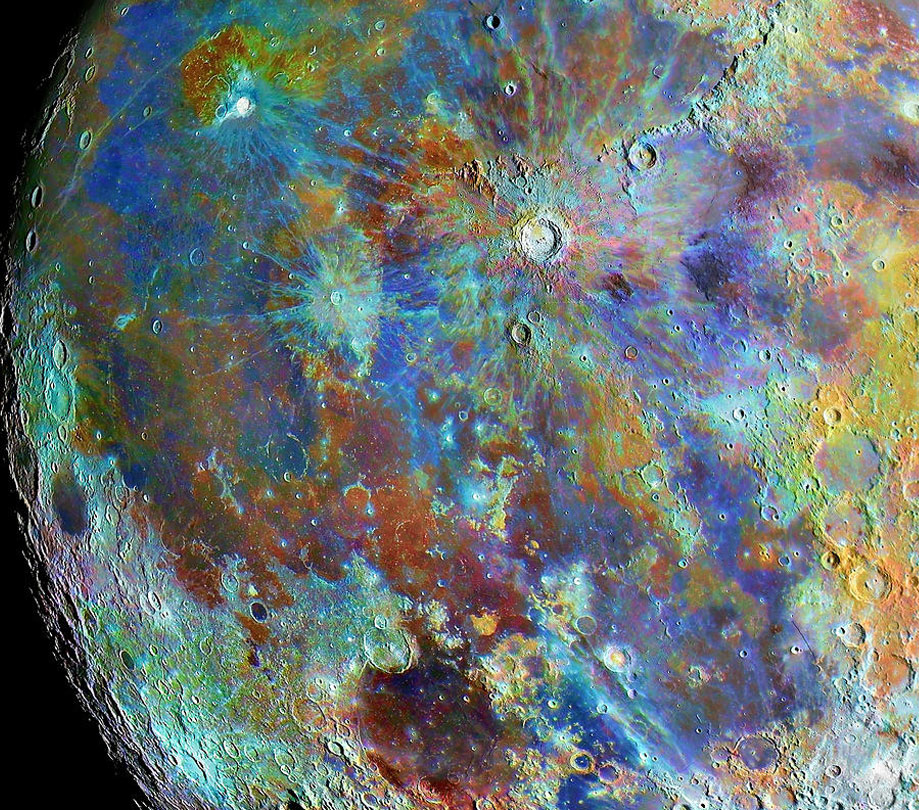
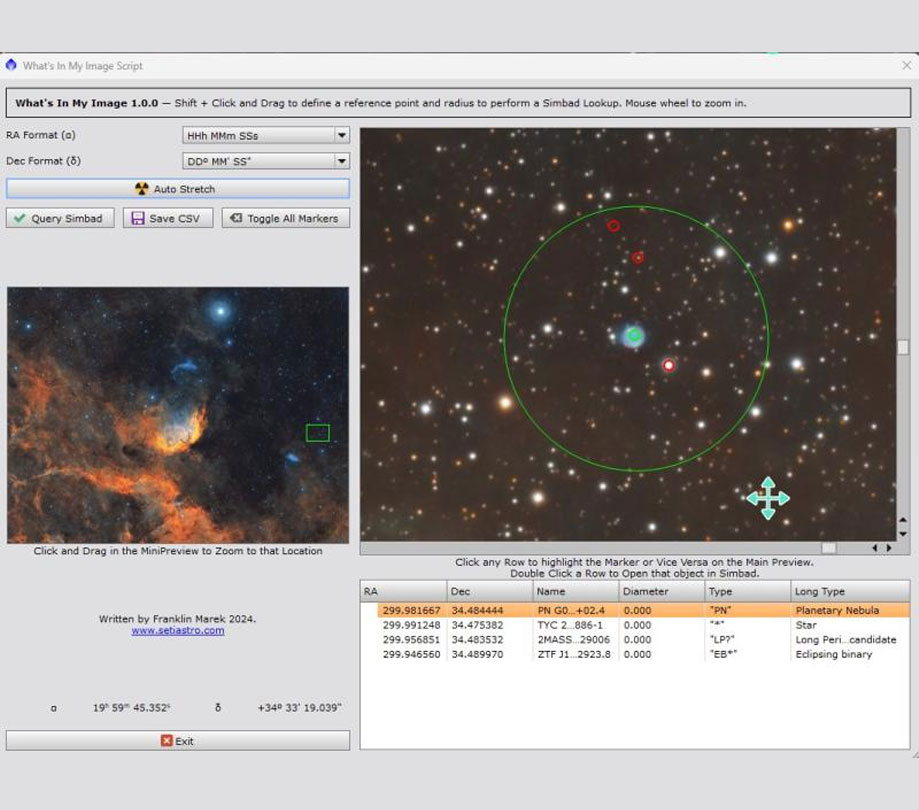
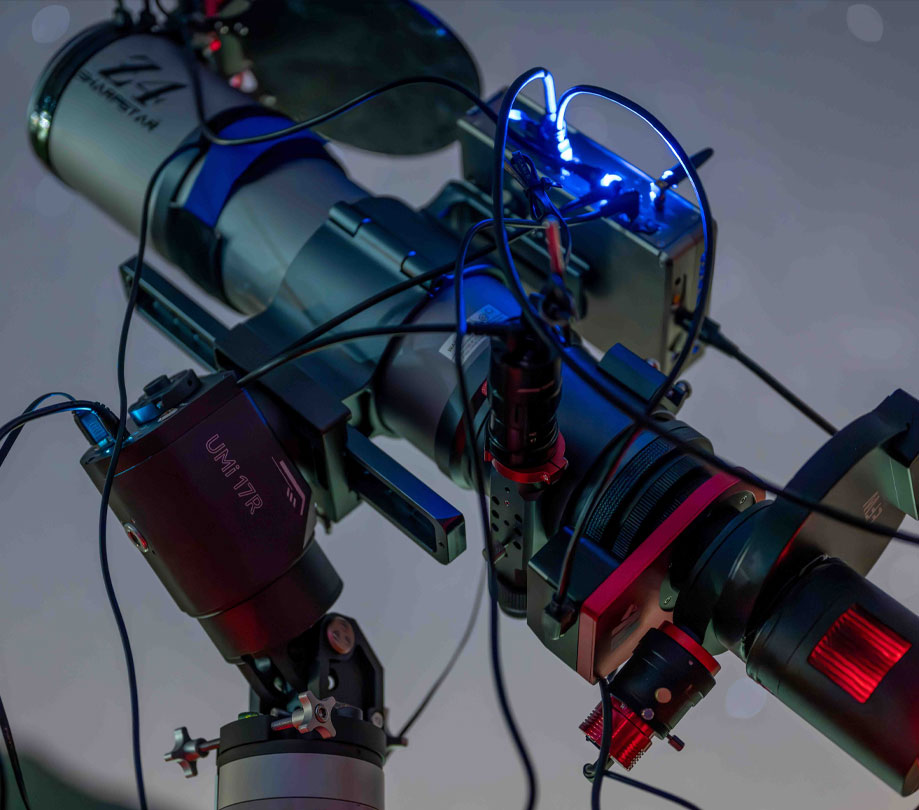
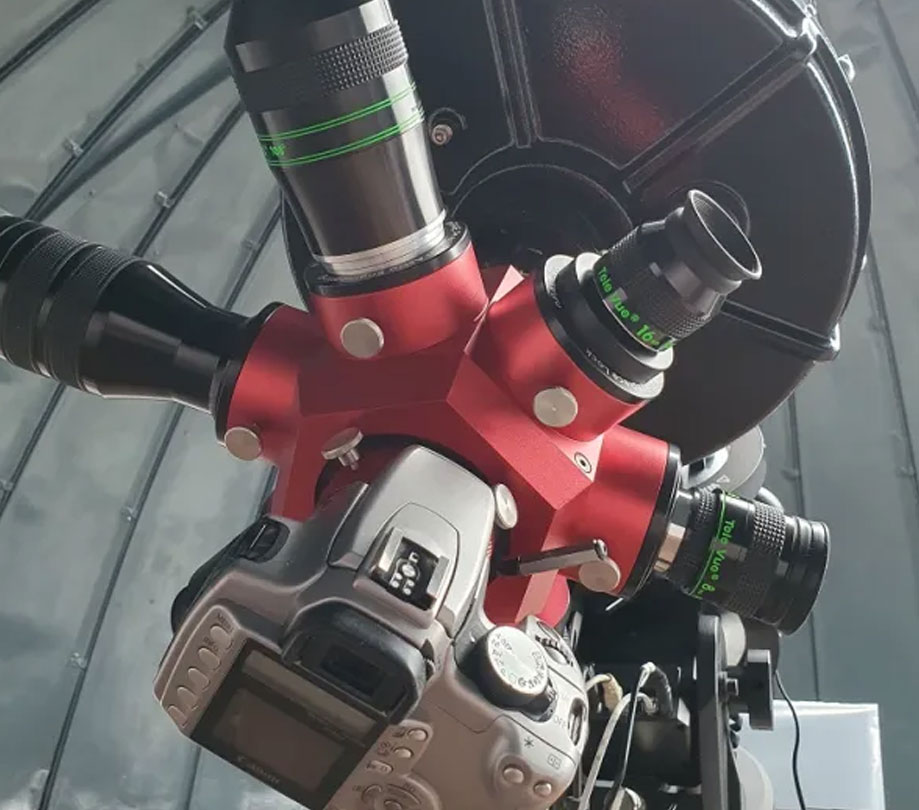
Comments